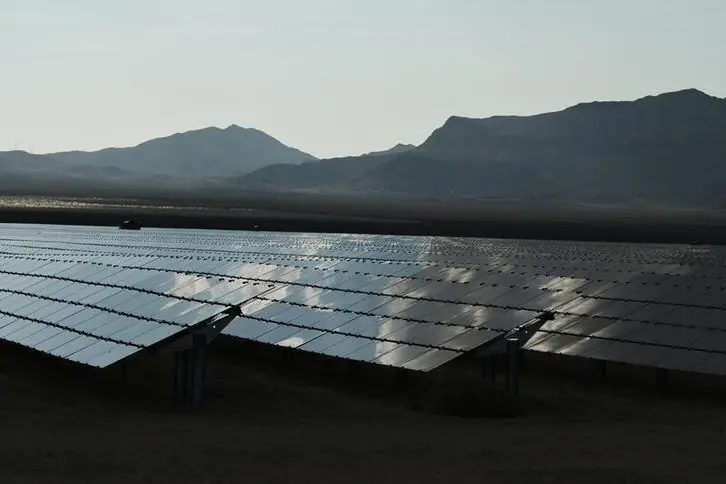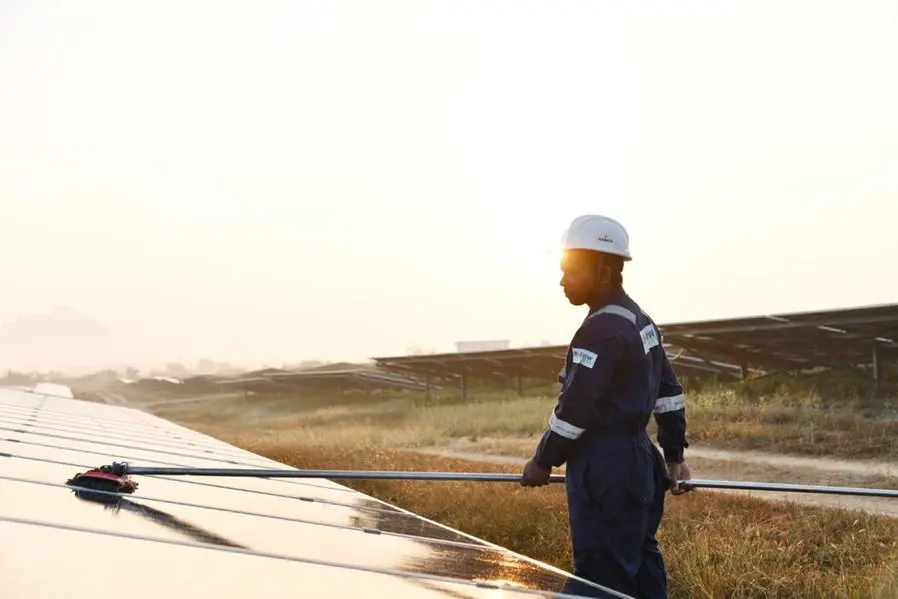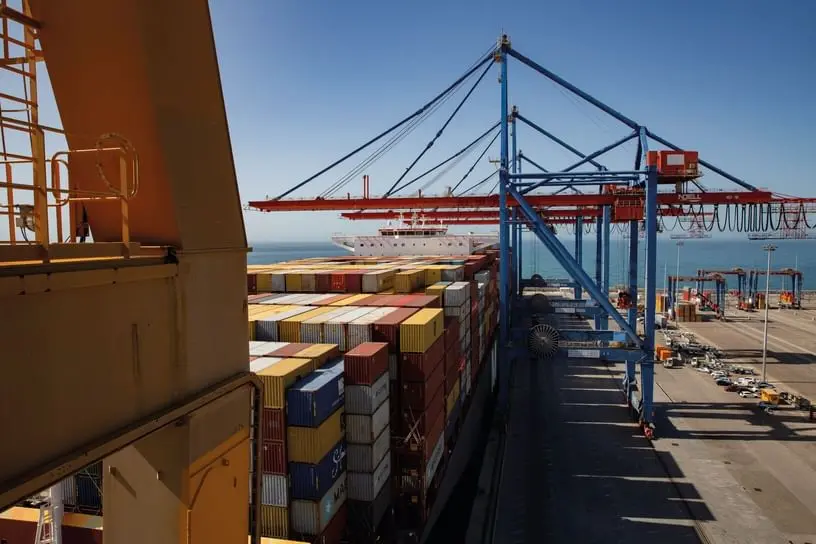PHOTO
U.S. battery storage capacity could increase by 89% by the end of 2024 if all planned energy storage systems are brought online at the targeted time, the Energy Information Administration said on Tuesday.
Battery storage works by storing excess power generated during periods of low electricity demand and releasing it when demand is high.
Planned and currently operational utility-scale battery capacity in 2023 totaled roughly 16 GW and developers plan to add another 15 gigawatts (GW) in 2024, expanding it to 30 GW by year-end, according to the EIA.
The large amount of existing and planned solar and wind capacity in California and Texas present a growing need for battery storage, with the two states currently holding 7.3 GW and 3.2 GW of installed battery storage capacity, respectively.
The Electric Reliability Council of Texas in December said it expects around 4.46 GW of battery storage to be available by July 2024.
However, large-scale battery projects are seeing longer lead times due to supply chain problems, taking around 12 to 18 months to complete, nearly six months more than planned.
(Reporting by Seher Dareen in Bengaluru; Editing by Devika Syamnath)





















